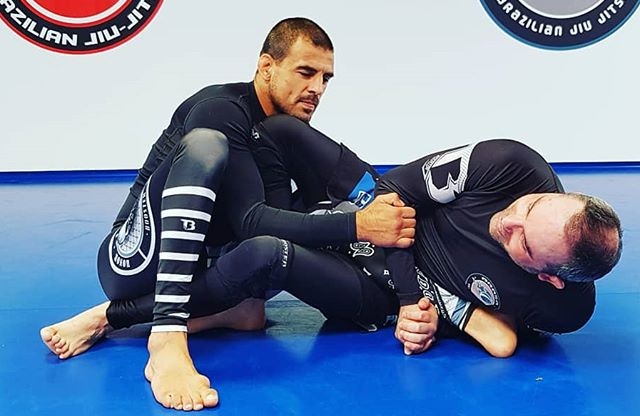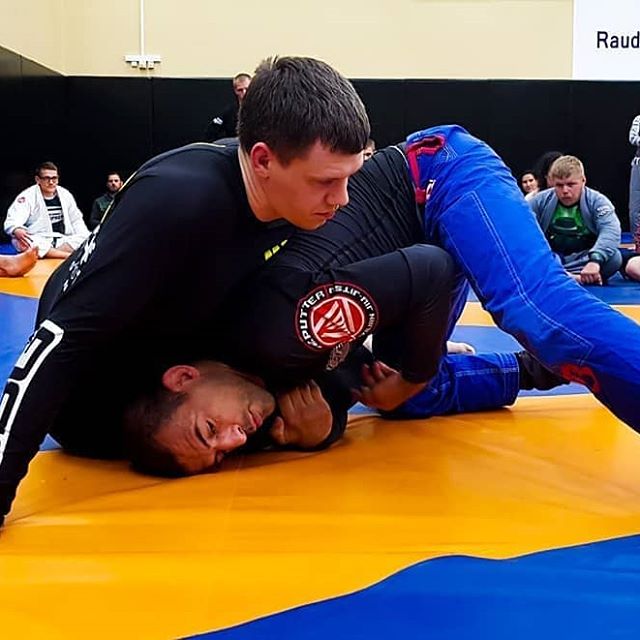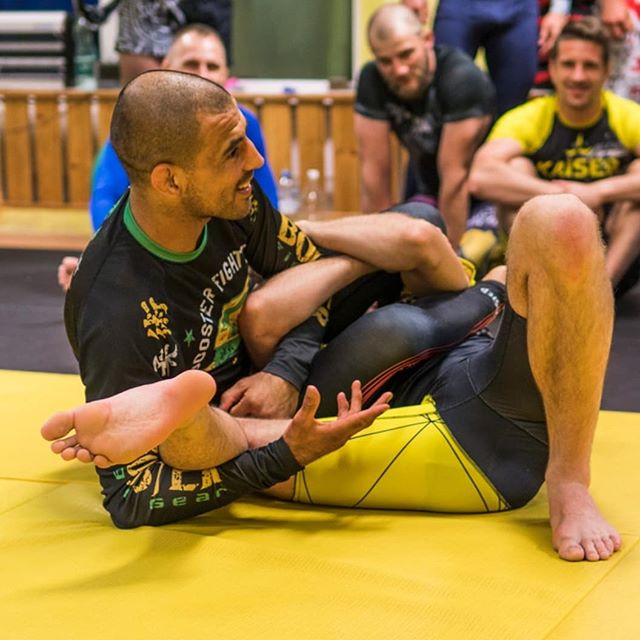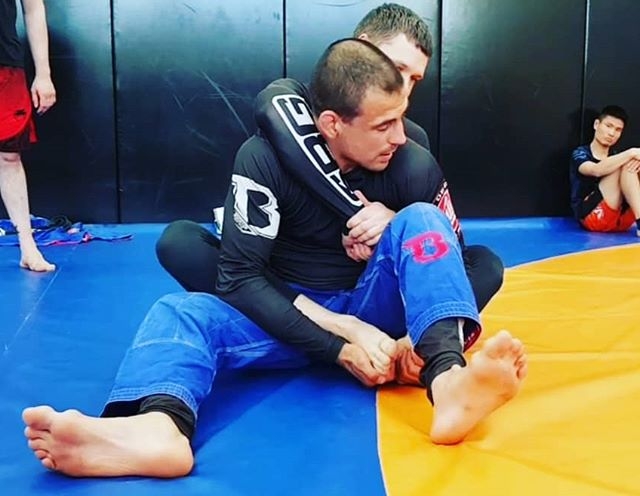True Fundamentals
It ain’t what you do, it is the way that you do it.
Everybody in Jiu Jitsu agrees we should focus first and foremost on the fundamentals.
If you ask most practicioners what those fundamentals are, they will name you some basic “techniques”; kimura, americana, double leg, armbar, scissor sweep.
This answer will greatly be dependend on the way this person was taught and on his favorite set of techniques.
However, these are not the fundamentals of Jiu Jitsu. And this misunderstanding leads to a lot of injuries, frustration and slow improvement.
What are the Fundamentals of Jiu Jitsu?
The Fundamentals of Jiu Jitsu are the same Fundamentals as in any sport or human activity:
-Breathing
-structure
-muscle engagement
-integration of structure and engagement = posture
-angle
-weight distribution
-basic human core motions: hollow spine / curved spine, hip hinge / extension, lateroflexion, shoulder / hip rotation
-basic limb motions: flexion, extension, rotation
-basic grips
-integration of limb and core motion
The integration of all these basics form the “illusive” concept that is CONNECTION. At a first level connection with oneself, at a second level connection of oneself with the enivironement and a third level connection with the body, motion and breathing of your opponent.
Once you are understand that, you will realise that “techniques” are merely pathways to get from a certain point to another in the complex landscape that is Jiu Jitsu.
Always try to see “techniques” as examples or situations where you have to apply and learn your fundamentals. Every next step in Jiu Jitsu is determined first and foremost by the motion of your opponent and secondly by the situation.
If there is no time pressure, you can always just focus on the moment, on yourself and react when the opportunity arises because of the action of your opponent. This is Jiu Jitsu in ideal circumstances without time pressure. This is the setting in which “techniques” should be trained.
If the situation becomes stressed (self defense, last seconds of a lost match, submission getting tighter), there is not always time to wait for the ideal. In this setting you cannot wait for opportunities that present themselves. You have to act fast. Your basic fundamental training will kick in.
If you do not train and focus the proper on fundamentals, your “techniques” will be less effective, you will not see why they failed or succeeded, Jiu Jitsu will stay a a maze of infinite complexity and you will never be truly a safe training partner.
Don’t focus on basic techniques. Focus on the true FUNDAMENTALS.
I wish someone would have told me this when I was 6 and started with gymnastics, repeated it to me when I was 9 and started martial arts, mention it again when I was 18 and my mind a bit more mature, kept hammering it in till today and give me a slap every time I drifted from this path and lost focus on what is important.
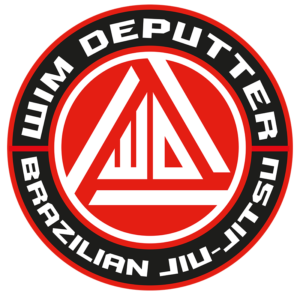
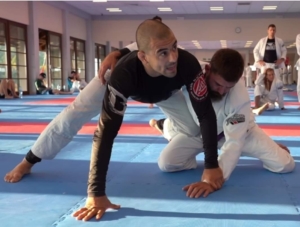
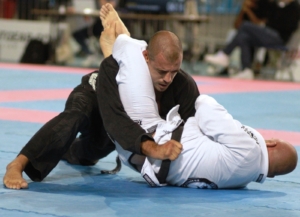
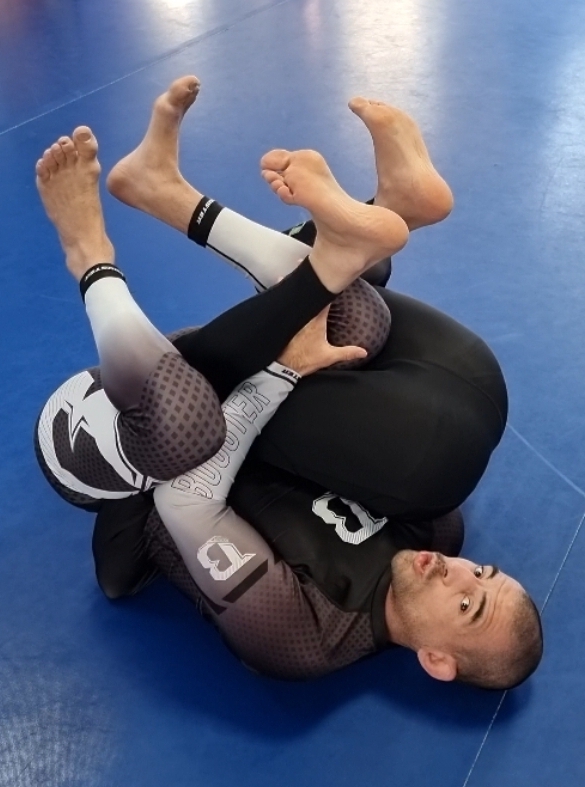
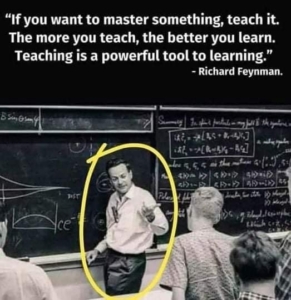
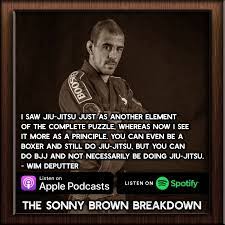
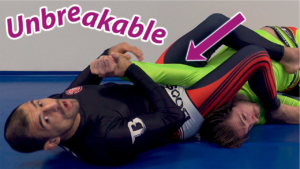
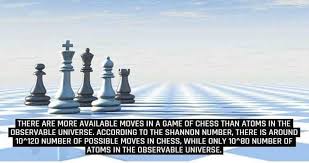
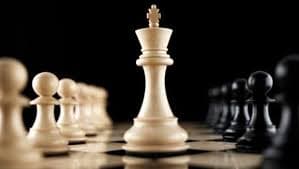
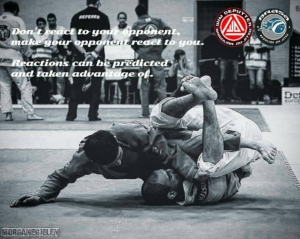 Wim Deputter VS Muuig Atlantuig. Photo by Morgane Gielen[/caption]
Wim Deputter VS Muuig Atlantuig. Photo by Morgane Gielen[/caption]

